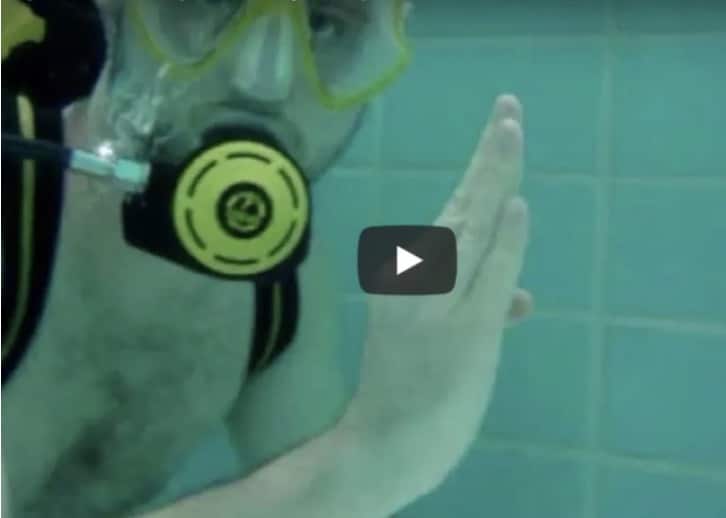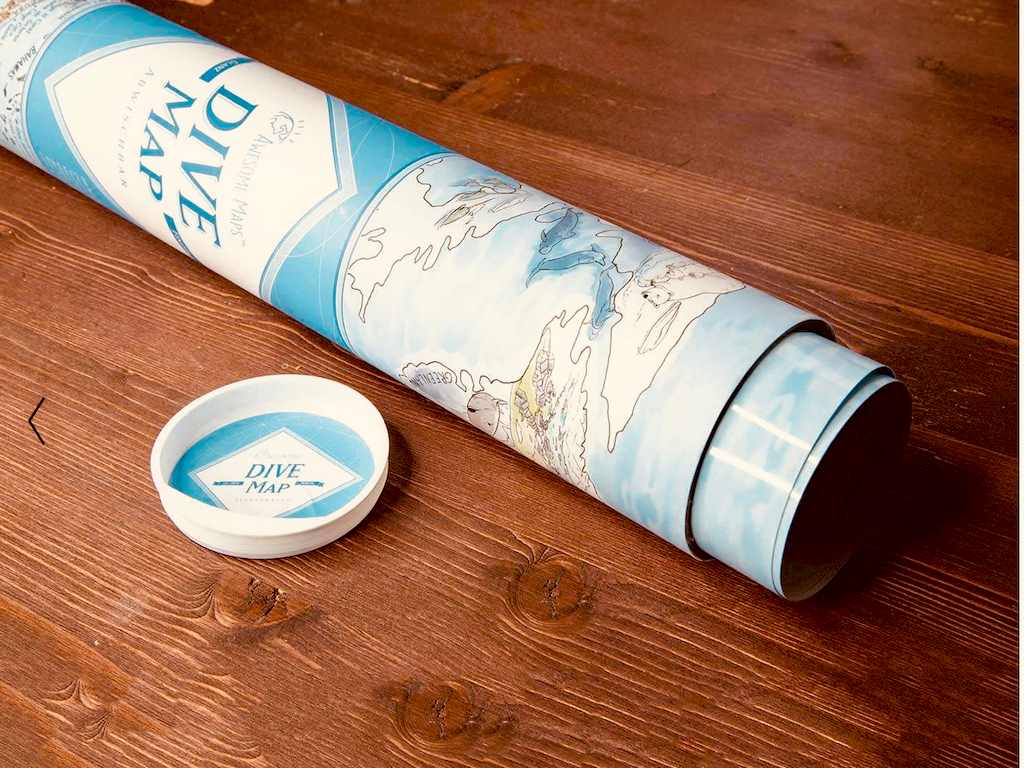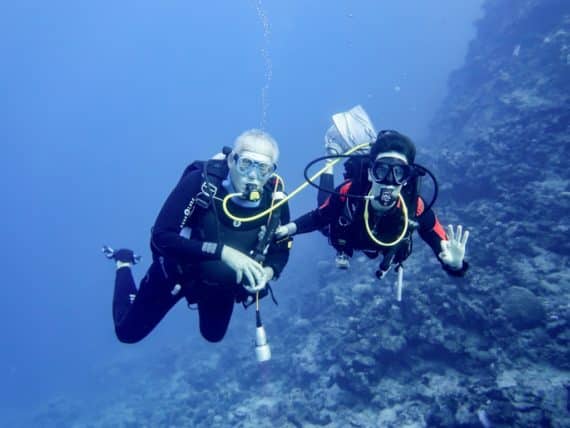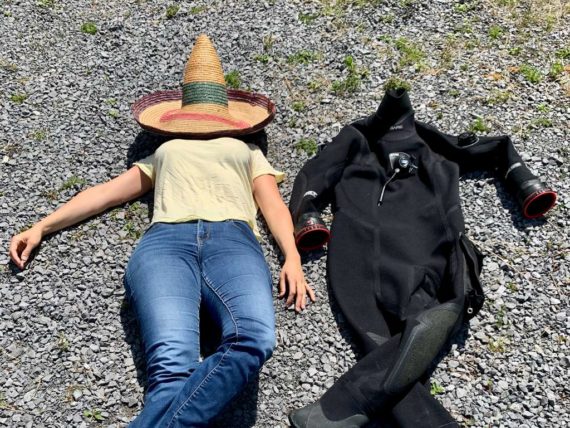How to understand the pulmonary overpressure in a few seconds (and never forget it)?

Impossible to practice scuba diving without hearing about the pulmonary overpressure.
The most serious diving accident, the pulmonary overpressure unfortunately almost always causes respiratory complications and often leads to death.
This is why it is useful, important and essential to understand how pulmonary overpressure works when you want to practice scuba diving.
If you want to understand its mechanism in a few seconds (and not forget it), go to the bottom of this article to watch the video. If you want to know a little more about how it works and how to avoid it, here it is:
You said pulmonary overpressure ?
The pulmonary overpressure is classified in the diving accidents called barotrauma: baro (pressure) and trauma (damage to the body)
Pulmonary overpressure is therefore the result of damage caused by an excessive pressure in the lungs.
In fact, if the lungs are magnificent organs that allow us to breathe throughout our lives, they are nevertheless very sensitive to pressure differences. Pressure that divers encounter from the moment they go underwater.
By applying the simplified Boyle and Mariotte’s Law (Pressure X Volume = Constant), it is understandable that the air inspired deep will expand during the ascent to cause lung damage if it is not expired. Pulmonary overpressure is therefore nothing more than an effect of excessive dilation of the lungs during the ascent to the surface during your dive.
Scientists estimate that the resistance of the lungs to the pressure difference is of the order of 0.2 to 0.3 bar which equates to a depth of 2 to 3 m.
It is therefore possible (and this has already happened!) to have a pulmonary overpressure in the swimming pool (exercise with tank at -3,5m), with the consequences it assumes. You don’t need to go to deep pools for that.
How does it occur ?
Pulmonary overpressure occurs when the air that expands during the ascent does not know how to get out of the lungs anymore.
This can be the case when:
- A too fast ascent that does not allow the air to escape quickly enough, for example in case of panic
- Blocking the glottis, for example when swallowing water
- Effects of acute, infectious or chronic lung diseases
- A voluntary (or involuntary) block of breathing, for example when sharing an octopus in case of air failure when the exercise is not mastered.
- …
Pulmonary overpressure usually occurs most of the time within 10 meters below the surface.
How to avoid pulmonary overpressure ?
The best way to avoid this kind of accident is to breathe normally all the time and specifically during the ascent and never block breathing.
It is interesting to teach divers to look regularly upwards during an ascent. In addition to allowing the air to escape in case of overpressure, it will also allow them to see if there is a possible obstacle above them 😉
In summary, this is what you need to do during the ascent:
- Expire
- Control your speed
- Privilege an attitude in extension (look up often but of cause not all the time)
- NEVER dive in case of medical contraindication (bronchitis for example)
- If the sea is rough, make the deco stop at – 6m (to avoid the swell)
- …
How to recognize a victim of pulmonary overpressure?
The main symptoms are:
- Difficult breathing
- Pinkish spittle
- Chest pain
- Anguish
- Convulsions
- Cyanosis
- State of shock
- Respiratory stop
- Pulse acceleration
- Blackout
- …
If your buddy has any or all of these symptoms, call immediately the emergency number (112 in Europe and 911 in North America) and give your buddy oxygen until the arrival of the rescue team.
Who can be subject to pulmonary overpressure ?
The answer is obviously everyone even if in the end it mainly affects beginners, people with a medical weakness and / or people who perform exercises to be banned such as the ascent with no second stage or octopus in your mouth.
How to understand the pulmonary overpressure in a few seconds (and never forget it) ?
A few years ago, as part of his training as an instructor with DDIVE, Cédric S. made this short, clear and explicit video to understand the pulmonary overpressure in an instant
Pulmonary overpressure is probably the most dangerous diving accident.
Feel free to share this article on your social media and groups if you too want to help prevent accidents.
What will you choose to do?
Tell us your experiences in a comment below, it will be really nice to exchange with you
And most importantly, do not forget to be happy 🙂
Join my Facebook page for more sharing
Helene









